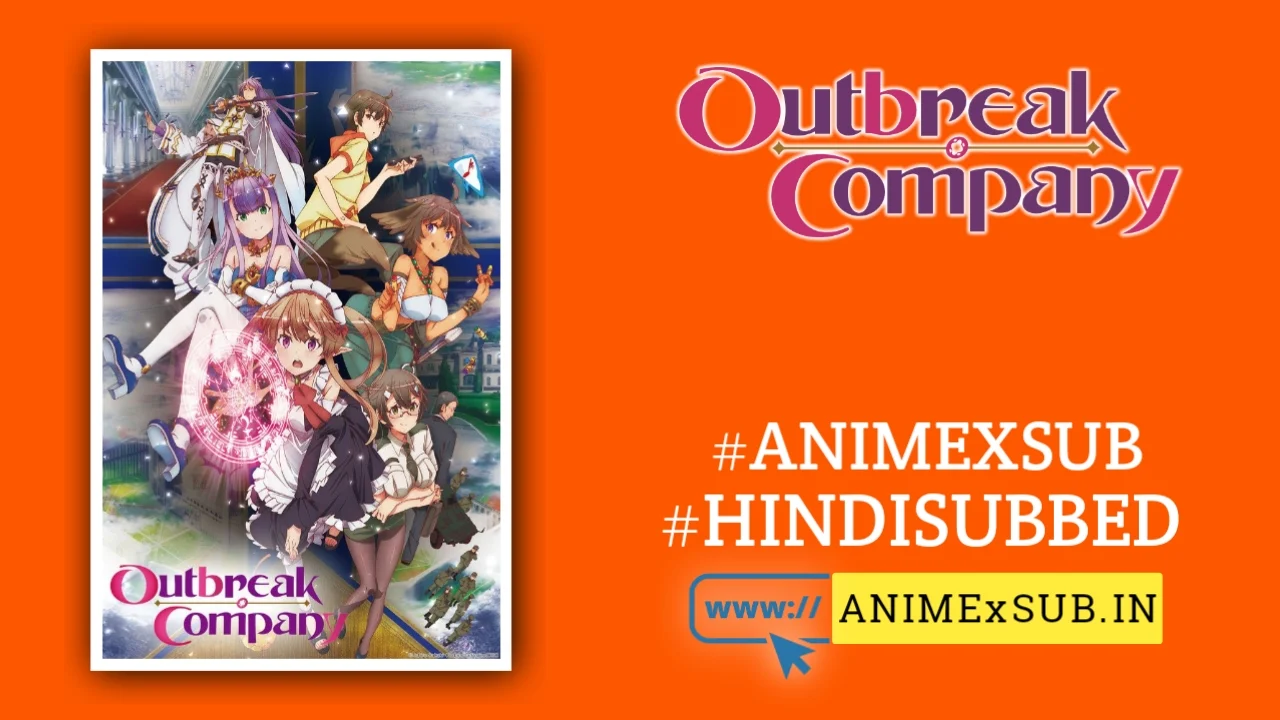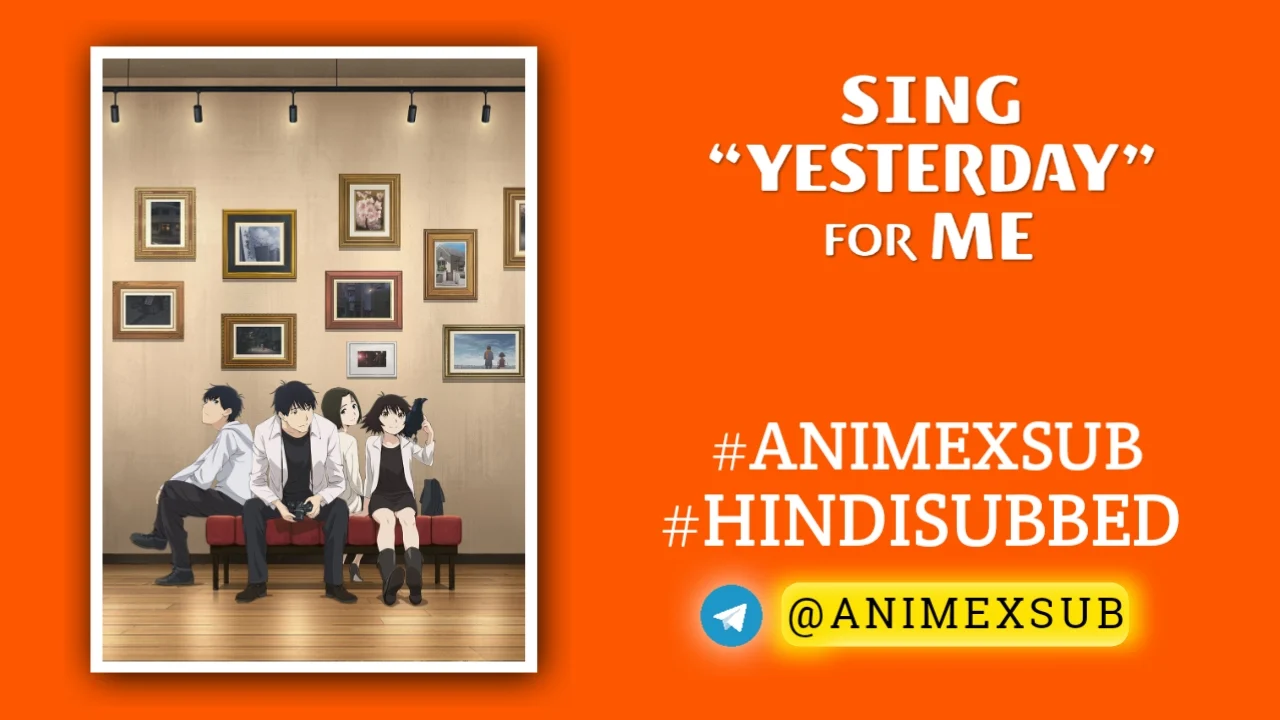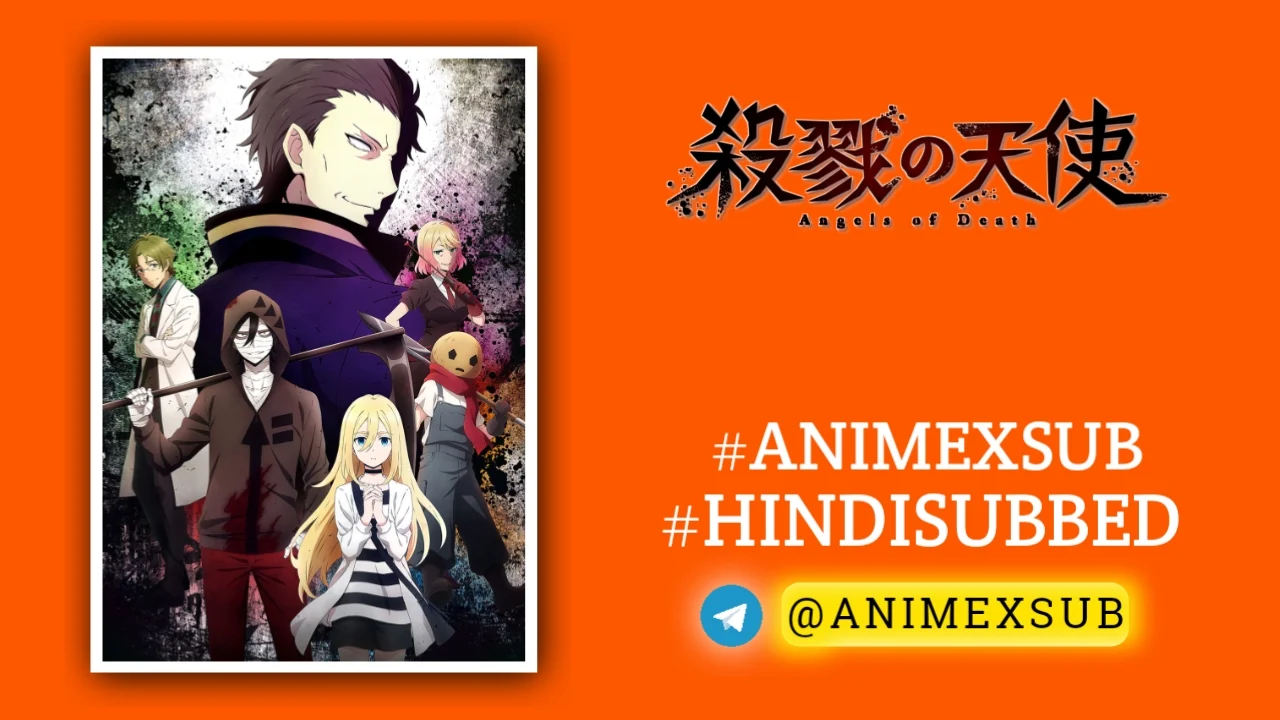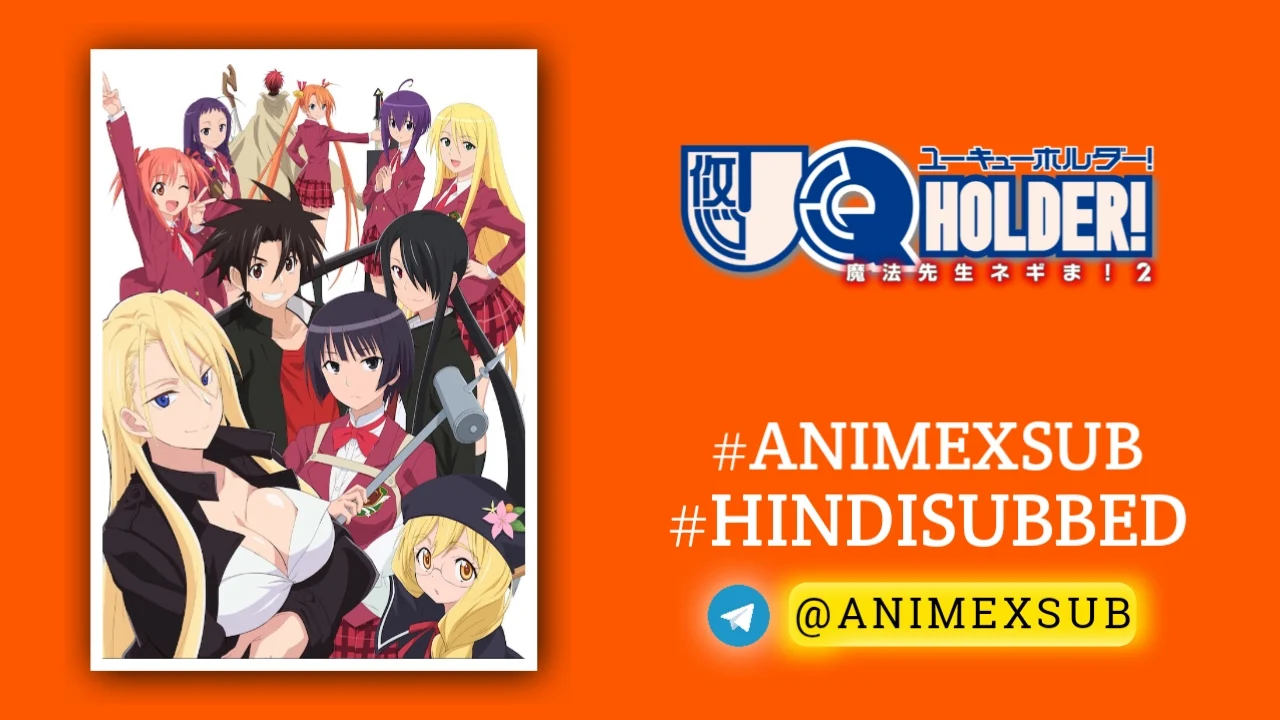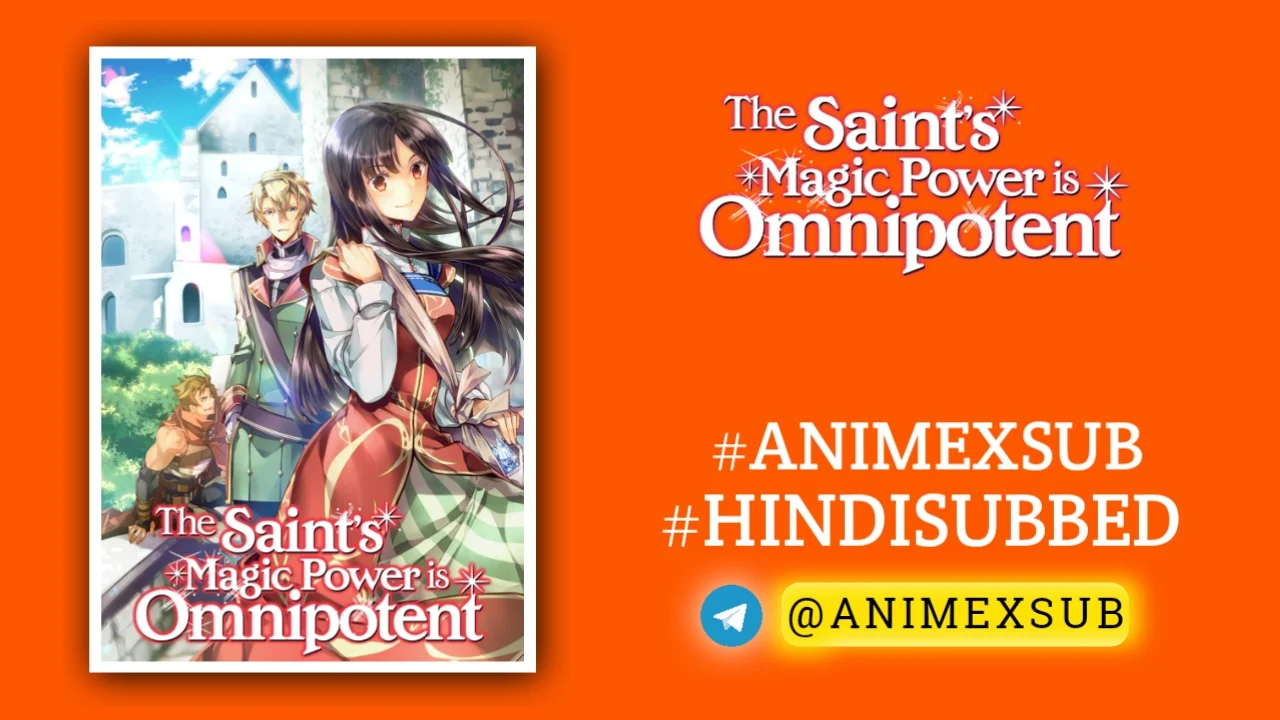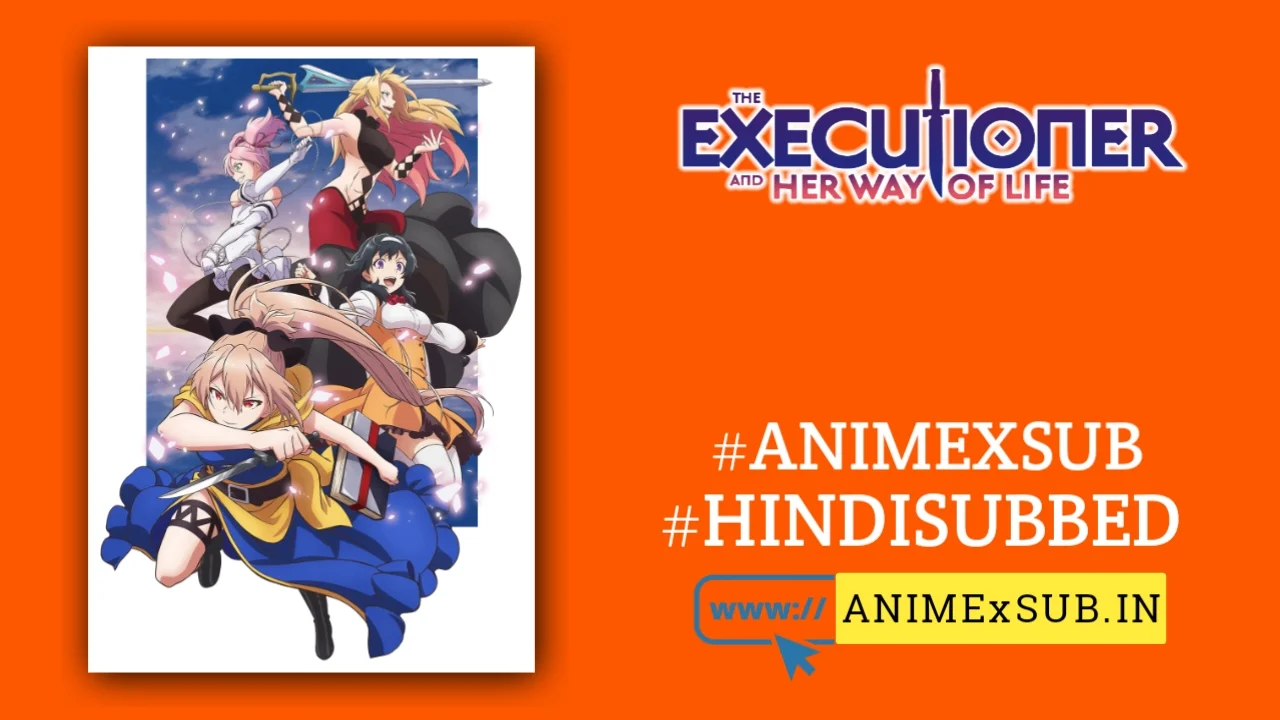
The Executioner and Her Way of Life Hindi Subbed [12/12] | Shokei Shoujo no Virgin Road Hindi Sub

Shokei Shoujo no Virgin Road
The Executioner and Her Way of LifeSynopsis
When interdimensional travelers from an otherworldly land known as “Japan” appear, they often bring death and destruction. It’s up to Executioners like Menou to track and exterminate the Lost Ones before they wreak havoc. When Menou encounters a beguiling Lost One named Akari, it’s bloody business as usual… until Menou discovers Akari can cheat death, that is. Even so, Menou has a job to do, and she is committed to her executioner’s mission come hell or high water — provided her newly stirring feelings don’t get in the way. (Source: Sentai Filmworks) Note: The first two episodes received an advance release on Abema on March 20, 2022. The regular TV broadcast started on April 2, 2022.
Watch Trailer
Characters
Episodes
The Executioner and Her Way of Life Season 1: A Subversive Isekai That Redefines the Genre
The Executioner and Her Way of Life (Shokei Shoujo no Virgin Road) Season 1, which aired from April to June 2022, is a bold and innovative take on the isekai genre, offering a narrative that flips traditional tropes on their head while weaving a complex tapestry of moral ambiguity, world-building, and character dynamics. Adapted from Mato Sato’s award-winning light novel series, this 12-episode anime by J.C.Staff distinguishes itself through its grimdark tone, intricate magic system, and a yuri-infused relationship that drives the emotional core of the story. This review delves into the unique elements that make Season 1 a standout, exploring its narrative depth, character complexity, and thematic richness without any promotional fluff—just an honest, critical look at what makes this series exceptional and where it stumbles.
A Fresh Spin on Isekai: Subverting the Hero’s Journey
Unlike the typical isekai where a Japanese protagonist is transported to a fantasy world to become a hero, The Executioner and Her Way of Life flips the script by casting the isekai’d characters—known as “Lost Ones”—as existential threats to the world they enter. The story unfolds in an etheric world shaped by Japanese cultural influences due to centuries of Lost Ones arriving with powerful abilities called Pure Concepts. These abilities, while initially benign, often spiral out of control, leading to catastrophic events known as Human Errors (e.g., the Sword of Salt, which turned a continent to salt, or the Pandæmonium, a monstrous fog in the South). To prevent further calamities, the Faust Church employs Executioners like Menou, the protagonist, to assassinate Lost Ones before their powers destabilize the world.
This premise alone sets the series apart. Rather than celebrating the isekai hero, it portrays them as potential disasters, forcing viewers to question the genre’s obsession with overpowered protagonists. The first episode delivers a shocking twist by introducing Mitsuki Mutou, a seemingly typical isekai lead, only to have Menou swiftly kill him once his Pure Concept is confirmed. This bait-and-switch subverts audience expectations, establishing that Menou, a native of this world, is the true protagonist, and her mission is to eliminate those we’re conditioned to root for in isekai stories.
Menou and Akari: A Complex, Tragic Dynamic
At the heart of Season 1 is the relationship between Menou, a cold and pragmatic Executioner, and Akari Tokitō, a bubbly Japanese high school girl with the Pure Concept of Time, which renders her effectively unkillable by reversing her death. Menou’s initial attempt to assassinate Akari fails, leading to a journey where she must escort Akari to the Church’s capital while searching for a way to kill her. What unfolds is a slow-burn yuri dynamic laced with dramatic irony: Akari is unaware of Menou’s true intentions, believing their meeting to be fate, while Menou grapples with growing feelings for the girl she’s sworn to kill.
Menou is a fascinating protagonist, shaped by trauma from surviving the Sword of Salt disaster as a child, which left her emotionally “bleached” and molded into a weapon by her mentor, Flare. Her internal conflict—duty versus her emerging humanity—makes her a compelling antihero. She’s not a villain but a “necessary evil,” aware that most Lost Ones are innocent yet compelled to kill them to protect her world. Akari, meanwhile, subverts the “airheaded isekai heroine” trope. Her cheerful demeanor hides a deeper complexity, revealed in Episode 6, where it’s suggested she’s aware of Menou’s attempts to kill her and has manipulated time across multiple loops to alter their fate. This revelation adds layers to their relationship, transforming it into a tragic dance of trust and betrayal.
The side characters, Momo and Ashuna, add further depth. Momo, Menou’s clingy assistant, and Ashuna, a rebellious princess, form a chaotic secondary yuri pairing that steals the spotlight in later episodes. Their dynamic, marked by rivalry and reluctant teamwork, injects humor and action into the narrative, though Momo’s initial obsessiveness can feel grating.
World-Building and Magic: A Creative Triumph
The series’ world-building is one of its strongest assets. The etheric world is richly detailed, with a magic system based on “Guiding Force” (ether) that feels distinct from generic fantasy tropes. Magic is invoked through scripture-like crests, blending religious and arcane elements in a way reminiscent of Brandon Sanderson’s structured magic systems. The four Human Errors—catastrophic legacies of past Lost Ones—provide a haunting backdrop, grounding the stakes of Menou’s mission. The interplay of societal classes (Faust, Noblesse, and Commons) and the Church’s iron grip on power add political intrigue, hinting at deeper conspiracies that remain unresolved by Season 1’s end.
However, the anime’s 12-episode format struggles to fully explore this world. Key details, like the mechanics of ether or the Church’s inner workings, are rushed or glossed over, a common issue in light novel adaptations constrained by time. The source material’s richer world-building is occasionally sacrificed, leaving some plot points—like the final arc’s Pandæmonium confrontation—feeling underdeveloped.
Themes of Morality and Identity
The Executioner and Her Way of Life grapples with heavy themes: the ethics of preemptive killing, the cost of duty, and the struggle for identity in a world that demands sacrifice. Menou’s role as an Executioner forces her to confront the morality of killing innocents to prevent potential disasters, a dilemma that resonates with real-world ethical debates about utilitarianism. Her “bleached” soul and gradual rediscovery of emotion through Akari highlight themes of reclaiming humanity after trauma. Akari’s time manipulation raises questions about free will and destiny, as her actions suggest she’s fighting to rewrite a tragic future.
The yuri element elevates these themes, framing Menou and Akari’s bond as both a lifeline and a source of pain. The series avoids cheap fanservice, treating their relationship with sincerity and allowing it to develop organically. However, the anime’s lighter tone compared to the grimdark light novels can dilute the emotional weight of these themes, especially in the final arc, which veers into B-movie territory with CGI-heavy monster battles.
Visuals and Sound: A Mixed Bag
J.C.Staff’s animation is serviceable but inconsistent. Action scenes, particularly Menou’s assassination sequences, are fluid and creative, showcasing her ether-based combat style. However, budget constraints are evident in later episodes, with questionable CGI during the Pandæmonium arc and occasional animation shortcuts. The character designs, while not groundbreaking, are distinct, though some—like Ashuna’s gravity-defying dress—border on impractical.
The soundtrack, led by Mili’s haunting opening theme “Paper Bouquet,” is a highlight, perfectly capturing the series’ blend of beauty and tragedy. Sound effects and voice acting (especially Moe Kahara as Akari and Iori Saeki as Menou) enhance the emotional stakes, though the English dub has received mixed feedback for its delivery.
Strengths and Weaknesses
Strengths:
- Innovative Premise: The anti-isekai angle, where protagonists are threats, is a refreshing critique of genre tropes.
- Character Dynamics: Menou and Akari’s evolving relationship, alongside Momo and Ashuna’s banter, creates compelling interpersonal drama.
- World-Building: The etheric world and its magic system are imaginative and well-constructed, even if underexplored.
- Thematic Depth: The series tackles complex moral and existential questions, elevated by its yuri lens.
Weaknesses:
- Pacing Issues: The 12-episode format compresses the story, leaving some plotlines and world details underdeveloped.
- Tonal Inconsistency: The shift to a lighter tone in the anime softens the light novel’s grimdark edge, and the final arc’s horror elements feel jarring.
- Animation Limitations: Budget constraints lead to uneven visuals, particularly in CGI-heavy scenes.
- Unresolved Cliffhanger: The season ends on a cliffhanger involving Flare, leaving many questions unanswered and no Season 2 confirmed as of September 2025.
Why It Stands Out
The Executioner and Her Way of Life Season 1 is a next-level isekai because it dares to challenge the genre’s conventions while delivering a story that’s both emotionally resonant and intellectually stimulating. Its focus on a female-led cast, nuanced exploration of morality, and rejection of power-fantasy clichés make it a breath of fresh air in a saturated market. While it doesn’t fully escape the pitfalls of light novel adaptations—pacing issues and an incomplete narrative—it lays a strong foundation for a potentially groundbreaking series. Fans of subversive isekai like Re:Zero or Konosuba, or those seeking meaningful yuri representation, will find much to love here.
Final Thoughts
Season 1 of The Executioner and Her Way of Life is a bold experiment that largely succeeds in carving out a unique identity. Its blend of grimdark stakes, heartfelt character moments, and a subversive take on isekai tropes make it a must-watch for fans looking for something beyond the genre’s usual fare. While it falters in pacing and animation at times, its ambition and emotional core leave a lasting impression. For those craving more, the light novels (available via Yen Press) offer a deeper dive into this fascinating world, but the anime alone is a compelling introduction to Menou and Akari’s tragic, beautiful journey.
Rating: 8/10
A flawed but ambitious gem that redefines what an isekai can be.











